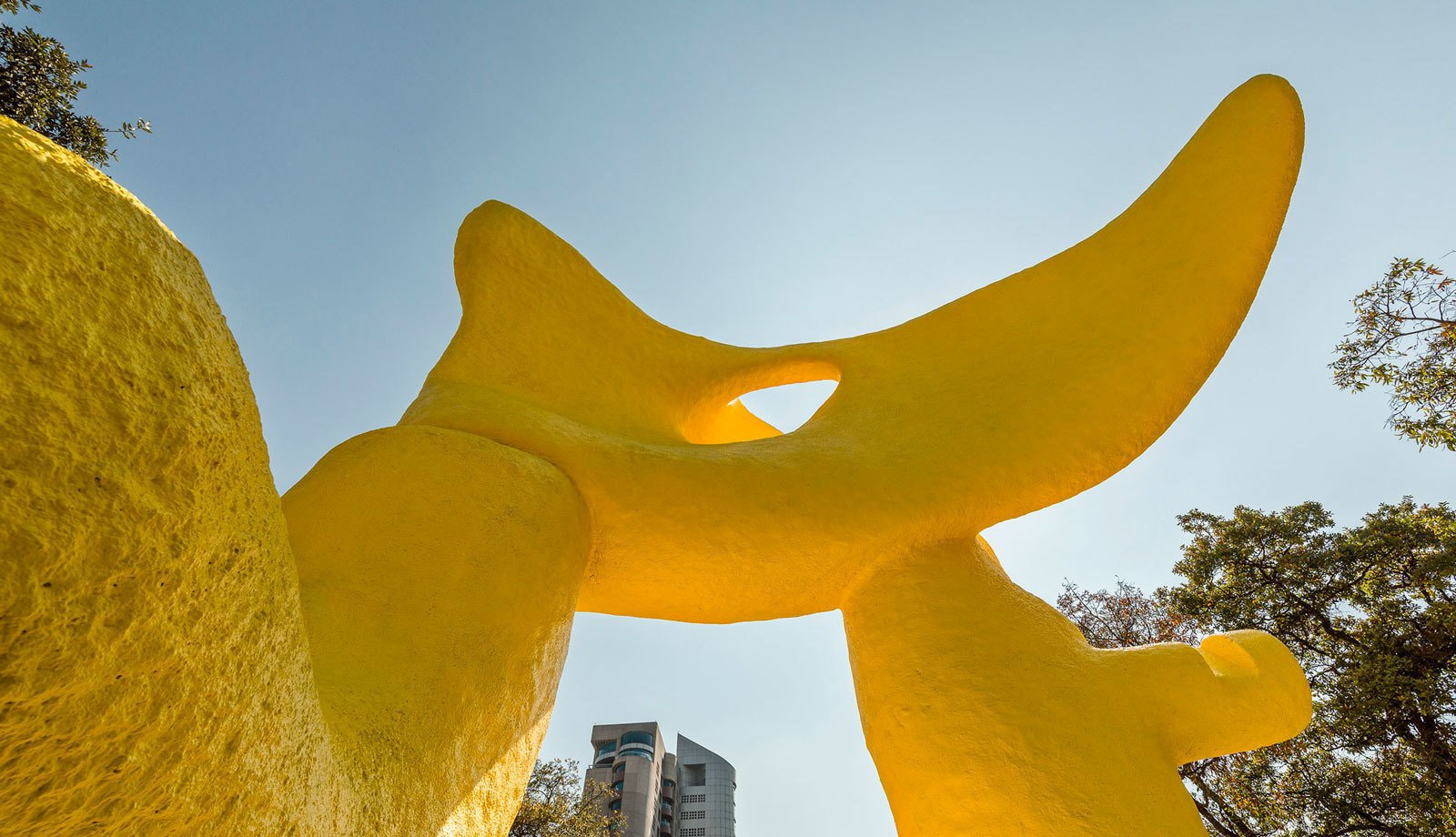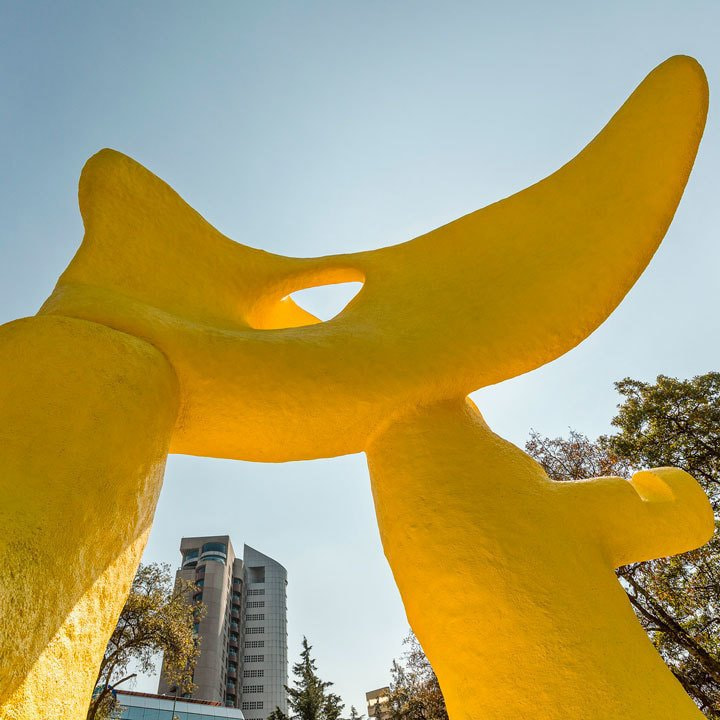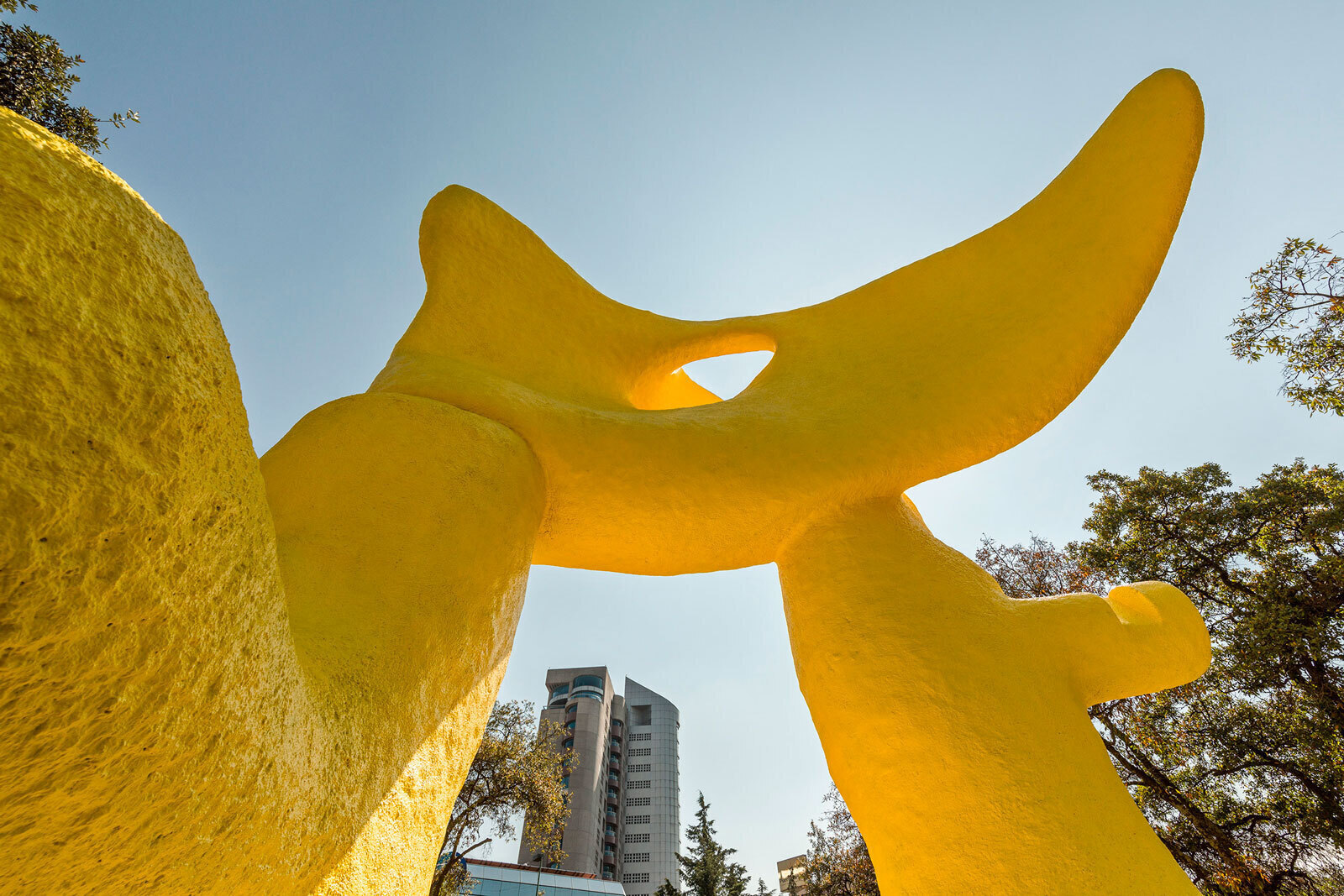Renowned Polish artist Grzegorz Kowalski will give a talk about the history of the utopian sculptural project Ruta de la Amistad in which he took part in 1968.
The theme of the lecture is a reminder of the meeting of sculptors in the city of Mexico on the occasion of the 19th Olympiad in 1968. The meeting of sculptors was part of the year-long Cultural Olympics organized with a great impetus by the Mexican government. The initiator of the meeting of sculptors and the implementation of the Road of Friendship project was an artist and architect Mathias Goeritz (born in 1915 in Gdańsk, died in Mexico in 1990). Goeritz's idea was the setting of twenty-two monumental sculptures along the newly formed southern bypass of the city of Mexico.
The Road of Friendship was of propaganda importance because it gathered artists from different continents: from Europe to Asia and from both Americas to Australia. The sculptors were invited to build their monumental pieces (from five to twenty-six meters high) made in painted concrete. The Road of Friendship was undoubtedly an organizational and artistic success. The sculptures met with approval from the international press. With time, however, their degradation occurred due to the chaotic development of the city and even the questioning of property rights to the area on which they were set.
The lecture will be illustrated with photographs of the artist taken during the process of making the sculptures and press materials from the period of their degradation and re-setting in a common location.



